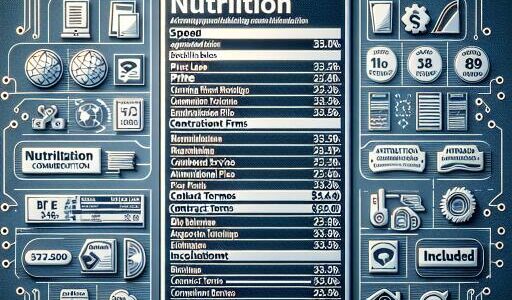Feds Warn Health Sector of an Array of Cyberthreats
In a series of urgent warnings, federal agencies have highlighted an array of cyberthreats targeting the healthcare sector. These dangers include attacks by the Scattered Spider group, exploitation using “living-off-the-land” strategies, vulnerabilities due to F5 misconfigurations, and the “Miracle Exploit” in certain Oracle software.
Emerging Threats and Tactics
The Health Sector Cybersecurity Coordination Center of the U.S. Department of Health and Human Services (HHS HC3) has issued alerts advising healthcare organizations to enhance their defenses against these growing threats, which have impacted various sectors including healthcare and public health.
Scattered Spider, known for its financial motivations and English-speaking origins, has been conducting ransomware attacks and other breaches since at least 2022. This group employs advanced social engineering tactics, including AI-driven voice phishing, to gain access to target organizations.
This cyber gang, also referred to by numerous aliases, utilizes both public and legitimate tools in their campaigns. Their arsenal includes remote monitoring utilities, data-stealing software, and the deployment of ALPHV/BlackCat ransomware for financial gain. Scattered Spider adeptly evades detection by employing “living-off-the-land” methods using trusted applications, constantly evolving their tactics.
Security experts emphasize the threat posed by Scattered Spider’s social engineering capabilities, particularly within the fast-paced environment of healthcare where such tactics can easily exploit human vulnerabilities. Strengthened security awareness training and comprehensive insights into external threats are recommended to counter these ingenious attacks.
Living-Off-the-Land (LOTL) Attacks
LOTL tactics, where attackers exploit legitimate software within victim systems for malicious ends, are a significant danger to the healthcare sector. This type of attack circumvents traditional security tools, providing attackers ample time to escalate their access, extract data, and establish future entry points.
The healthcare industry, which often relies on various trusted technologies, is particularly susceptible to LOTL attacks. Organizations need enhanced detection strategies to combat this insidious threat.
F5 Misconfigurations Risks
Threat actors targeting F5 misconfigurations are another significant concern for healthcare facilities. F5 Networks’ BIG-IP software and hardware have historically been vulnerable to exploitation, posing a substantial threat due to their use in high-bandwidth environments in large enterprises.
Addressing these vulnerabilities is critical to protecting personal and financial information processed through such systems. Federal agencies strongly advocate for prioritizing vulnerability remediation to mitigate these risks.
The “Miracle Exploit” Vulnerability
Healthcare organizations are also vulnerable to the “Miracle Exploit,” a set of critical weaknesses in Oracle Fusion Middleware affecting the ADF Faces framework used for creating Java EE application interfaces.
Exploiting these vulnerabilities can lead to complete system compromise, endangering sensitive data and allowing lateral movement within networks. For healthcare entities utilizing Oracle’s middleware, timely patching of these vulnerabilities is imperative to prevent potential breaches.
Broader Cybersecurity Landscape
The threats outlined by HHS HC3 are part of a broader, ever-evolving cybersecurity landscape facing the healthcare sector. The expansion of telehealth services and the increasing connectivity of medical devices add further layers of complexity and risk.
Healthcare entities must also be vigilant regarding threats stemming from their vendors, service providers, and other third-party affiliations. Cybercriminals are increasingly targeting these links to infiltrate multiple organizations simultaneously. The interconnected nature of these relationships can often be a pathway for adversaries seeking the least resistance.
As these threats continue to evolve, the healthcare sector’s vigilance and proactive defense strategies remain paramount. Organizations must combine traditional security measures with advanced detection solutions to counteract these sophisticated cyber adversaries.










